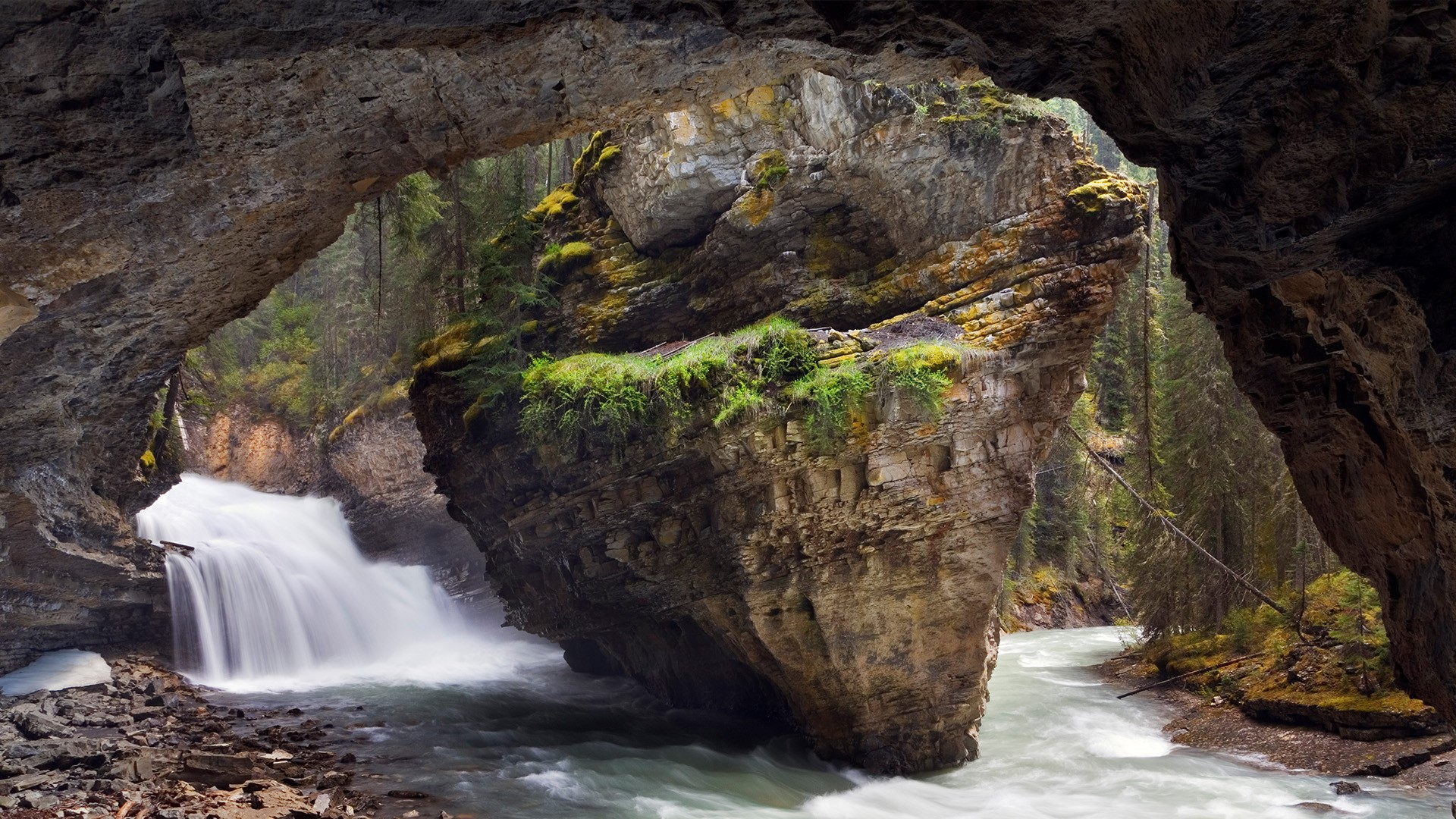

Climatic conditions were similar to modern patterns however, the receding glacial ice sheets still covered large portions of the land, creating lakes of meltwater. The North American climate stabilized around 8000 BCE (10,000 years ago). Ice Age hunter-gatherers of this period left lithic flake fluted stone tools and the remains of large butchered mammals. The Haida Gwaii islands, Old Crow Flats, and the Bluefish Caves contain some of the earliest Paleo-Indian archeological sites in Canada. īy 16,000 years ago the glacial melt allowed people to move by land south and east out of Beringia, and into Canada. The exact dates and routes of the peopling of the Americas are the subject of an ongoing debate. At that point, they were blocked by the Laurentide Ice Sheet that covered most of Canada, confining them to Alaska and the Yukon for thousands of years. During the Wisconsin glaciation, 50,000–17,000 years ago, falling sea levels allowed people to move gradually across the Bering land bridge ( Beringia), from Siberia into northwest North America. The Great Lakes are estimated to have been formed at the end of the last glacial period (about 10,000 years ago), when the Laurentide Ice Sheet receded.Īrcheological and Indigenous genetic evidence indicate that North and South America were the last continents into which humans migrated. Since the conclusion of the Second World War, Canadians have supported multilateralism abroad and socioeconomic development. Over centuries, elements of Indigenous, French, British and more recent immigrant customs have combined to form a Canadian culture that has also been strongly influenced by its linguistic, geographic and economic neighbour, the United States. Canada currently consists of ten provinces and three territories and is a parliamentary democracy and a constitutional monarchy. The Patriation of the Constitution in 1982, marked the removal of legal dependence on the British parliament. The Balfour Declaration of 1926, the 1930 Imperial Conference and the passing of the Statute of Westminster in 1931 recognized that Canada had become co-equal with the United Kingdom. Over the next eighty-two years, Canada expanded by incorporating other parts of British North America, finishing with Newfoundland and Labrador in 1949.Īlthough responsible government had existed in British North America since 1848, Britain continued to set its foreign and defence policies until the end of the First World War.

"Canada" was adopted as the legal name of the new country and the word " Dominion" was conferred as the country's title. In 1867, the Province of Canada was joined with two other British colonies of New Brunswick and Nova Scotia through Confederation, forming a self-governing entity. The two provinces were united as the Province of Canada by the Act of Union 1840, which came into force in 1841. The now British Province of Quebec was divided into Upper and Lower Canada in 1791. France ceded nearly all its North American possessions to the United Kingdom in 1763 at the Treaty of Paris after the Seven Years' War. The colony of New France was claimed in 1534 with permanent settlements beginning in 1608. Some of these older civilizations had long faded by the time of the first European arrivals and have been discovered through archeological investigations.įrom the late 15th century, French and British expeditions explored, colonized, and fought over various places within North America in what constitutes present-day Canada. Prior to European colonization, the lands encompassing present-day Canada were inhabited for millennia by Indigenous peoples, with distinct trade networks, spiritual beliefs, and styles of social organization. The history of Canada covers the period from the arrival of the Paleo-Indians to North America thousands of years ago to the present day.

The Battle of the Plains of Abraham was a pivotal battle during the French and Indian War over the fate of New France, influencing the later creation of Canada.


 0 kommentar(er)
0 kommentar(er)
